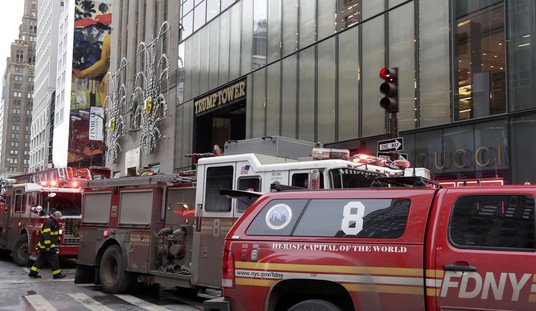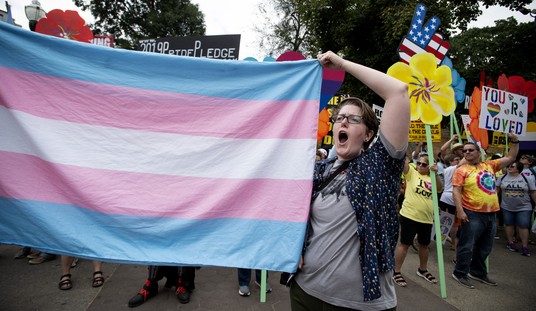Though the breakdown of civil debate seems new, the subjects are old. We are actually talking about Nazis, again. And the Confederacy.
The former defeated by my father’s generation, the latter defeated several generations earlier, they are subjects of our dreams, nightmares and shouting matches for a reason: because talking about the future would require actual thought.
It’s easier to fight over the past, over symbols of the past.
That was the impetus for the Charlottesville debacle. It started out about a statue, a monument to dead soldiers featuring the Confederacy’s General Robert E. Lee. And what it means. The “Unite the Right” rally was set in Charlottesville because of the city council’s decision to remove the statue of Lee.
It is worth noting, though, that the event did not unite “the Right.” Conservative and even many alleged “alt-right” groups refused to participate.
But “the Left” seems more united than before. If you focus on past racism and the persistence of Nazi and Confederate symbology, it’s pretty easy to agree. Heck, I agree.
And yet, I take a step back, and remember that some of those monuments do not have the univocal racist meaning attributed to them. They were intended to heal wounds.
And wounds there were.
Historians now believe that at least 350,000 young American men died wearing Confederate uniforms in the Civil War, while half a million Union soldiers died directly from their war wounds. One of every 37 Americans counted in the 1860 census would be killed in the conflict. Today’s population being ten times greater than in the 1860s, a comparable death tally would be a whopping 8.5 million fatalities.
That is a lot of searing wounds. Now add all the degradations, both petty and terrible, suffered by the 3,950,528 enslaved people held in 17 states according to the census.
Recommended
It is not difficult to see how a statue that might ease one person’s pain would open up someone else’s old wounds.
And yet this is all a diversion. We are facing a major set of crises that could lead to war, depression, chaos, and (possibly) worse. Yet we are not now handling them because we are fighting over symbols of the past.
This may be a very human thing to do.
But it is not smart.
And speaking of “not smart,” there is the reductio ad absurdum.
“Should they take down the Jefferson Memorial?”
PBS’s Charlie Rose asked this of Al Sharpton, perhaps the nation’s best known social justice warrior. Now, the “Reverend” is not my go-to source for political insight, but his answer caught my attention.
“I think that people need to understand that, when people that were enslaved and robbed of even the right to marry and had forced sex with their slave masters, this is personal to us,” replied Rev. Sharpton. “My great-grandfather was a slave in South Carolina . . . Our families were victims of this.”
Asked if this precluded “public monuments” for “everyone associated with slavery,” Sharpton argued: “When you look at the fact that public monuments are supported by public funds, you are asking me to subsidize the insult to my family.”
One can attack the messenger, Sharpton, sure. But what if we instead think of him as our neighbor? I certainly wouldn’t want to insult a neighbor, much less make him pay for the privilege.
Solution? The Reverend embraced privatization, suggesting, “You have private museums.” Privatizing controversial monuments would certainly solve Sharpton’s stated problem.
Of course, the logic behind taking down statues or dismantling the Jefferson Memorial — or merely privatizing them — might also lead to changing the names of cities, counties and states, rivers and mountains. And it’s not just Washington and Jefferson — twelve presidents were slave holders, including victorious Union General Ulysses S. Grant.
Not to mention that slavery is not the only crime committed by the dearly (and less than dearly) departed. Who knows how many memorials dot the landscape revering men not fully deserving of the honor?
This could be a jobs program to rival all those clean energy jobs we keep being promised.
Frankl, I’ve never liked the name of my Virginia county: Prince William. A liberty-loving people ought not be triggered by such a monarchial brand.
Let the people decide!
But by vote, not street brawl.

























Join the conversation as a VIP Member